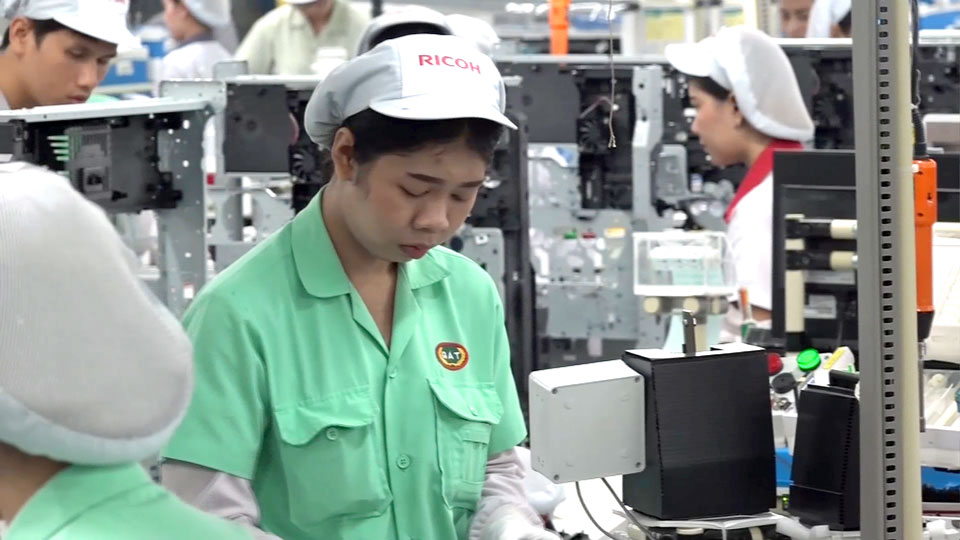US tariffs now cover nearly 70 percent of Chinese imports. The latest round of 15 percent tariffs targets about 3,200 goods, including LCD TVs, smart watches and furniture. China has responded with tariffs of up to 10 percent on about 1,700 US goods, including crude oil and soybeans.
The trade tit-for-tat shows no signs of easing. The day after the new measures were introduced, China said it was filing a complaint with the World Trade Organization. Beijing claimed Washington is violating international rules on trade. China's Ministry of Commerce said Washington's latest move runs completely counter to a common understanding reached at a recent China-US summit. The officials said they would protect their country's legal rights and interests based on WTO rules.
The trade war is also affecting other countries. About 20 percent of Japan's exports go to China. But exports to China fell in the first six months of the year due to China's economic slowdown.
Some Japanese companies shifted production elsewhere to avoid tariffs. The precision equipment maker Ricoh says it shifted production of US-bound products to Thailand from China. Ricoh officials say output in Thailand has increased by about 10 percent.
Mitsubishi Electric and Daikin Industries are two other companies following a similar strategy. Mitsubishi moved some manufacturing of semiconductors and machinery for US customers to Japan, away from China. Daikin also turned to Thailand to replace China as the production base for compressors used in air conditioners.

Chiwoong Lee, Chief Economist at Mitsubishi UFJ Morgan Stanley Securities, points out, however, that the huge Chinese market remains attractive for Japanese companies.
"Chinese consumers are demanding more high-valued-added goods. That is why Japanese companies want to go into that market, because the market is getting bigger and bigger and getting tougher and tougher," he said. "So I have to say there is a minus and plus, but the plus side seems to be now getting bigger, especially for the auto sector Japanese companies."
The US and China are each preparing further tariffs to be introduced in December. Washington is planning an additional 15 percent levies on about 550 items from China, including smartphones and clothing. The Trump administration has postponed the duties in consideration of the possible effect on American consumers in the lead-up to the Christmas season.
He also said the US may shift tactics in the trade conflict, away from consistently raising tariffs because of the impact on the economy and consumer spending.
He added that other countries and foreign companies will have to choose between China and the US.
"Many countries will have to face the question of which country, which bloc economy, you want to be involved in," he said. "You want to take the side of China or take the side of the United States. You have to think which global economy you want to be involved in."


